Battle of the Giants: Fastest Solo, Non-Stop Circumnavigation
Published on August 7th, 2015
by Brian Hancock
Fall is shaping up to be the battle of the giants. Two of the biggest racing sailboats are gearing up for one of sailing’s toughest challenges; a non-stop lap of the planet to claim the Jules Verne Trophy, or by it’s real name Le Trophée Jules-Verne.
Francis Joyon, the humble French sailor who currently holds the record for the fastest solo, non-stop circumnavigation will sail the 105-foot VPLP-designed trimaran IDEC, while Yann Guichard and Dona Bertarelli are readying the 131-foot VPLP-designed trimaran Spindrift.
Each team is seeking to break the existing record of 45 days, 13 hours, 22 minutes, and 53 seconds set in 2012 by Loïck Peyron and his crew aboard Banque Populaire V… the boat now branded as Spindrift.
It’s a high stakes game that involves big money, but like many things it started as an idea, on a barge, on the Seine, in Paris. Where else?
It was 1990 and meeting on the barge were a few notables in sailing. Bruno Peyron was there as was his younger brother Loïck. Titouan Lamazou was also there fresh from his win in the Vendée Globe, the original solo, non-stop around-the-world-race. The late Florence Arthaud was there having just set a new west east transatlantic record on her 60-foot trimaran Pierre Premiere, as was Yves Le Cornec who first posed the question:
“Could a sailboat ever sail around the world in 80 days?”
Representing the English speaking part of the world was Robin Knox-Johnston and the late Peter Blake who was sadly gunned down by pirates in the Amazon in 2001. It was an auspicious gathering to say the least.
At the time the fastest circumnavigation was the one that Lamazou had just completed to win the Vendée Globe. He circumnavigated in just over 109 days at an average speed of around 9.5 knots. To sail around the world in less than 80 days one would have to sail a full 27% faster. It’s easy these days to look back and think how attainable a goal it was, but in 1990 the idea of sailing around the world in less than 80 days was daunting. Indeed it was a very French idea given that French sailors have always been regarded as superstars in their home country.
The rules were simple. The start was to be between the Lizard, the southwest corner of England, and Ille d’ Ouessant, an island off the coast of France. Competitors had to leave the Cape of Good Hope at the foot of Africa, Cape Leeuwin in Western Australia, and Cape Horn at the tip of South America to port. That was it. They could start any time they wanted, there was no outside assistance allowed and they had to finish with the same crew that they started with, the latter rule being included to make sure that a crew chasing for the record conduct an adequate search if they lost someone overboard.
The French Minister of Culture provided $60,000 for a trophy and a million dollar prize money was put on the table by PMU, a French lottery organization. The prize money was quickly rescinded when Titouan Lamazou and Florence Arthaud complained that their names were being used without permission, and presumably without compensation.
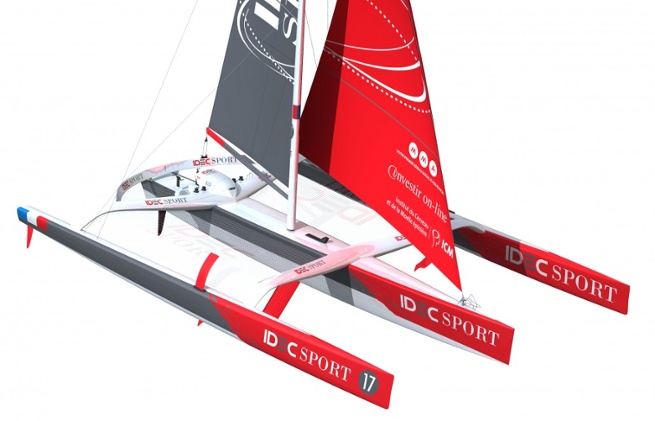
IDEC was launched in 2006 as Groupama 3 and later rebranded as Banque Populaire VII and Lending Club 2.
For Joyon on IDEC or Guichard and Bertarelli on Spindrift, to beat the record they will have to average more than 20 knots. Given these giant multihulls routinely sail consistently in the mid 30-knot range you would think that a 20-knot average is no big deal, but the world is a big place and there are plenty parts of it where there is no wind. It’s all about the average, and luck. Many record attempts have been scuttled by damage, often a random collision with submerged debris.
The Jules Verne record has been broken nine times since the challenge was announced, first by Bruno Peyron on Commodore Explorer with American Cam Lewis on board. They just scraped by in a time of 79 days, 6 hours, 15 minutes and 56 seconds. It was, by any measure, close but any time under 80 days counts and the 80-day psychological barrier was broken.
A year later Blake and Knox-Johnston knocked five days off Explorer’s time. In 2002 Bruno Peyron reclaimed the trophy with a lap in 64 days only to lose it again, but Bruno being Bruno and the French being French he reclaimed it again in 2005 in just over 50 days.
When Jules Verne wrote his novel Around the World in 80 Days, I am sure he never imagined a sailing event that attracted the best in the world competing at the very edge of human endurance for a trophy bearing his name.
Phileas Fogg and his reluctant servant Jean Passepartout undertook their fictitious voyage in 1873; more than a century later the first boat made it around the world in less than 80 days. One can only imagine what the boats are going to look like a century from now. Bring it on I say.
Source: All About Sails


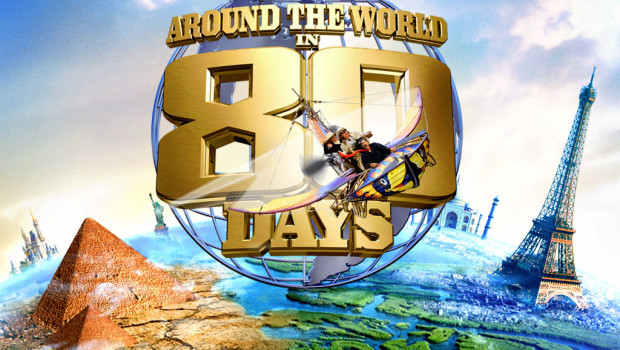

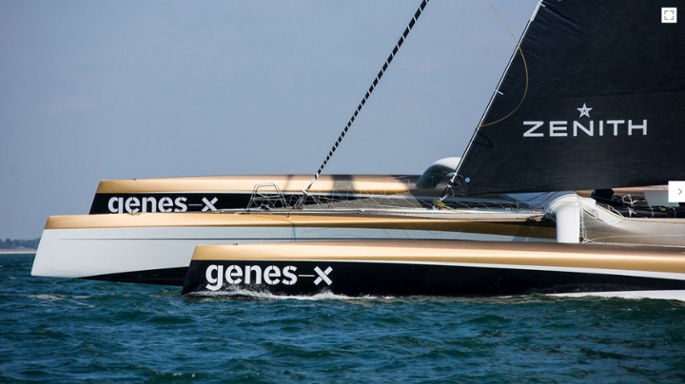
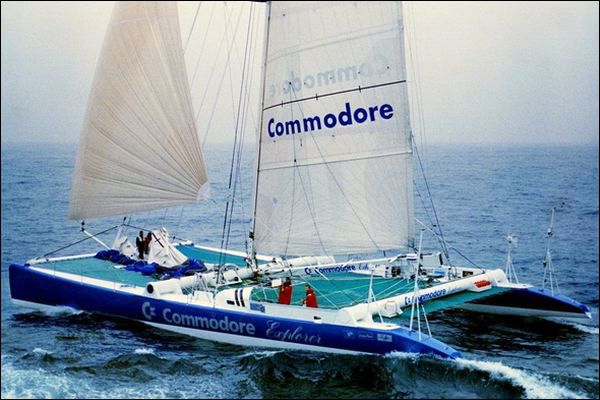

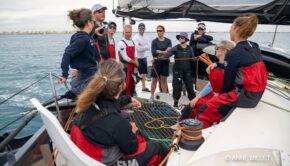
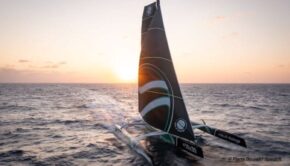
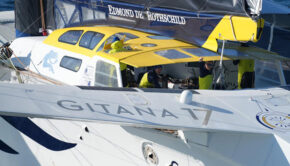
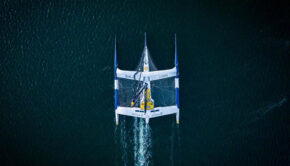
 We’ll keep your information safe.
We’ll keep your information safe.